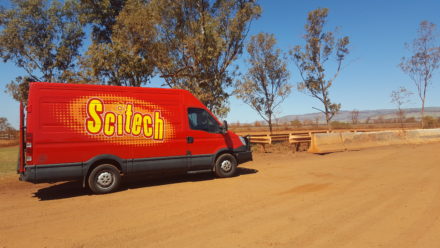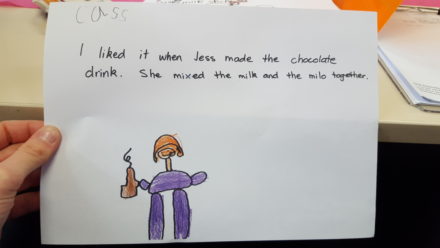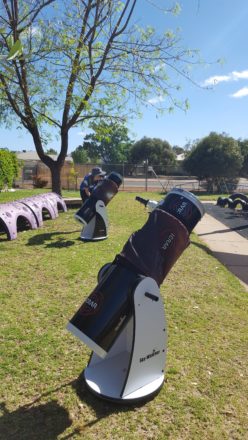There is no One Public!
With thanks to Dr Craig Cormick, President, Australian Science Communicators
I think we all know there are two different types of people in the world (those who think you can divide the world into two different types of people, and those who don’t!). But understanding different types of similar people is a very useful tool for science communication.
Segmenting your audience is one of many marketing tools that have found their way into the communications world. The concept is simple enough: there are those who prefer Diet Coke over Classic Coke, or Coke Zero, or Pepsi, or those who wouldn’t drink either if they were dying of thirst. Marketing teaches you the very important lesson that there is no one public – rather lots of publics.
And replace the word Coke, for Astronomy, Physics, Biology etc and you’ll be reminded that no one size ever fits all.
You can segment your audience in many different ways: by the types of mediums they use to obtain information, by their levels of education, or indeed if they are even interested in science at all. Or you can segment your audience by how people think.
According to Jungian psychology there are 16 different personality types. You may have done a Myers-Briggs personality indicator test at some time, which is based on Jungian personality types.
A CSIRO segmentation study based on attitudes to climate change found five different segments:
Segment 1: The Sceptics (8%)
Segment 2: The Abdicators (16%)
Segment 3: The Undecided (31%)
Segment 4: The Eco-Friendly (30%)
Segment 5: The Eco-Warriors (14%)
Another segmentation study by the Department of Industry, Innovation and Science, found six segments by attitudes to science:
Segment 1: Mr and Mrs Average (23%),
Segment 2: Fan Boys and Fan Girls (23%)
Segment 3: I Wish I Could Understand This (8%)
Segment 4: Too Many Other Issues of Concern (23%)
Segment 5: Not Interested, Not Trusting (14%)
Segment 6: I Know All I Need To Know (2%)
For a science communicator it is useful to know the behaviours and ways of thinking of each segment. Segment 1, for instance, are your average audience who use the most common communication mediums.
Segment 2 are so keen and interested they will find you and whatever you put out there.
Segment 3 are often considered the low-hanging fruit, and are the main audience and reach to grow your audience size by explaining the science behind something more simply.
Segments 4 to 6 however can be a lot harder to reach.
Segment 4, for instance, is just too busy with all their other issues in life to pay much into science issues, be that work or kids or debt or taking dogs to the vet etc.
Segment 5 isn’t much interested in science and don’t particularly trust it.
And segment 6 feel that they know all they need to know already – often from alternative non-scientific sources.
You may need to come up with a different segmentation model for the audiences you need to reach, based on factors more relevant to you, for as we don’t all preference the same types of Coke, we don’t all preference the same information formations, content or media channels.
So there really are two different types of people out there – those who know the benefit of segmenting their audiences, and those who don’t.



